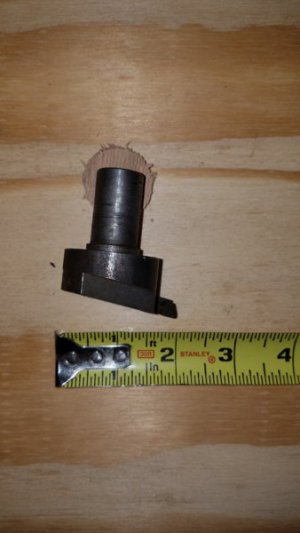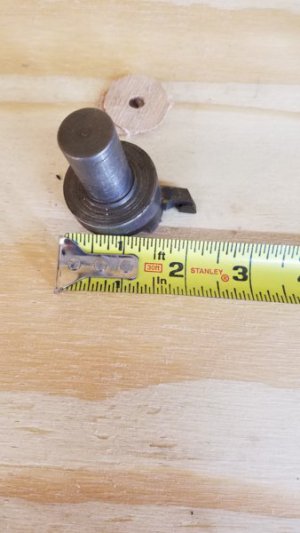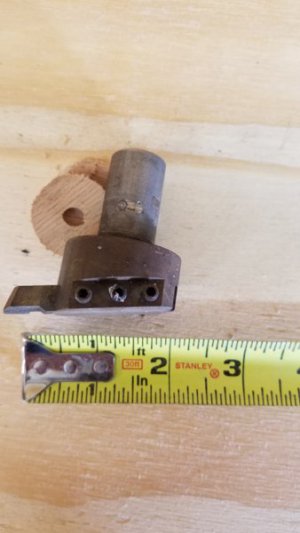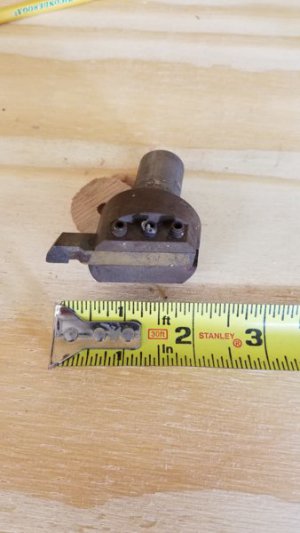I use a fly cutter a lot. In fact, almost every milling project that requires squaring a work piece will see the flycutter at least once. Depending on the dimensions, I will often bring the work piece to final outside dimensions with a fly cutter so I will both rough and finish with that tool.
Your fly cutter is intended to work with a left hand HSS or brazed carbide tool bit. Both will work but the carbide tool will require higher speeds to work well and you need to use a grade that can handle interrupted cuts, probably C2. Brazed bits as supplied do not work well; you need to sharpen the edges and put a nose radius on it before it will finish decently. HSS will finish better but cannot handle big cuts.
More modern fly cutters use inserted carbide bars and in my opinion, they are superior to HSS and brazed tooling. They can hog material and finish very nicely but they are more costly to purchase and use. See the Suburban Tool fly cutter and Tormach Superfly for examples. Typically, they require far less horsepower to use vs a face mill because they only use one insert. The Superfly can fly cut a 3" wide swath, while the Suburban tool can go out to 9" or so, I think.
There are other kinds of fly cutters that look like a big round saucer with carbide inserts underneath. These are really expensive.
With regard to speeds, you are essentially using a single point milling tool so the usual formula for speeds will work as a starting point: RPM = SFM X 3.82 / Diameter of the fly cutter's path. For example, if you were to try to fly cut a 3" swath in mild steel, you would have 100 X 3.82 / 3" = 127 rpm. This is a starting point and you would try speeds above and below that to optimize the cut. SFM is just the cutting speed of the material you're working with; there are charts all over the net for this.
Feeds on a manual mill are simple, especially if you're cranking on the table feed by hand. You generally want to feel a light resistance to the cut. You will have much better results with power feed and this is also a trial and error thing. On a roughing cut, a good feed will turn the chip a light amber color. On a finish cut you won't see a color change because you will slow the feed to improve the finish.
I use the Tormach Superfly in my RF-31; works good and is worth the cost.
I would just buy a QCTP myself. The imports are relatively cheap and work well. You can also make a fly cutter body and buy an inserted carbide bar from Tormach or Suburban Tools.
EDIT: with regard to speed, carbide tooling generally requires two to three times the speed of HSS so you would change the cutting speed to whatever is appropriate for carbide. For example, the cutting speed for mild steel is 100 SFM for HSS but is 220 or so for carbide.









